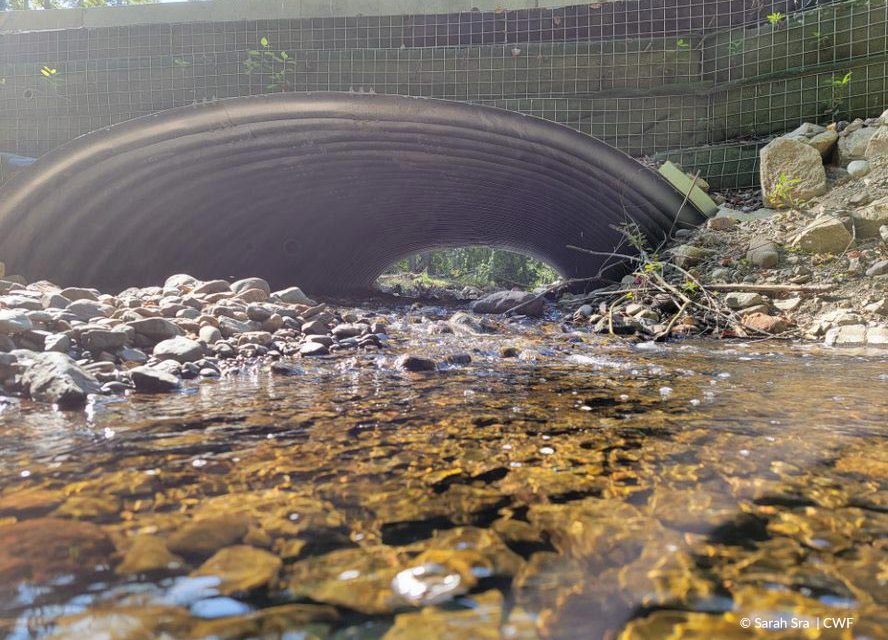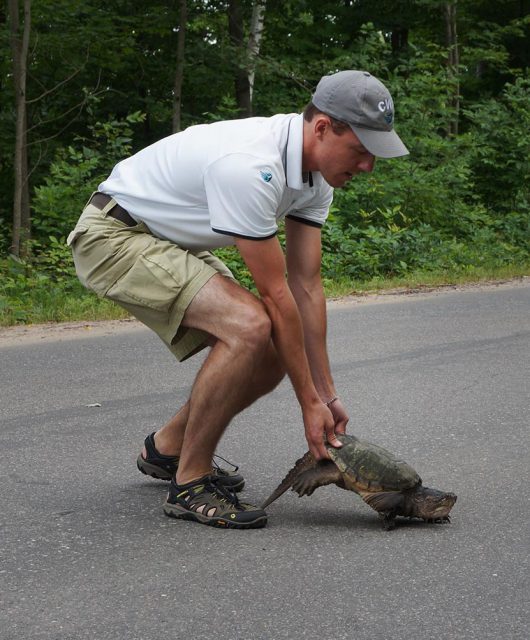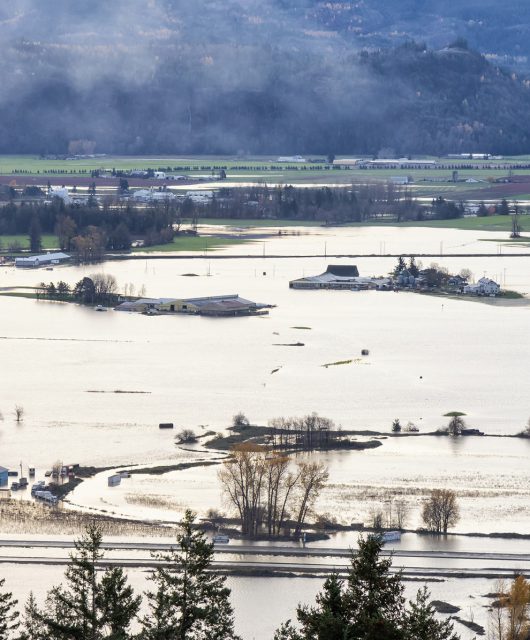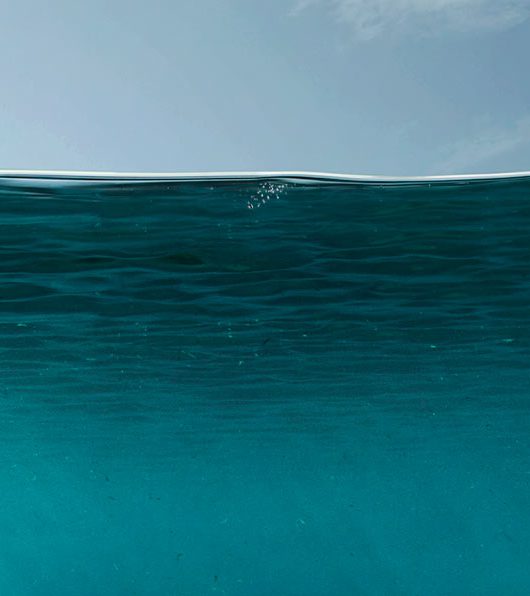This fall the Canadian Wildlife Federation was invited to witness the return of about a million Sockeye Salmon to their spawning grounds on the beautiful Horsefly River in B.C.
Located about a six hour drive north-east of Vancouver in the Cariboo district, the river originates near Wells Gray Provincial Park and flows into the Quesnel Lake, then the Quesnel River, which is a tributary of the mighty Fraser River.

CWF set up an outdoor booth at the festival, connecting with community members and visitors of all ages to showcase our important efforts to promote fish passage and freshwater connectivity in this area and across the country. The festival is organized by the Horsefly River Roundtable, a non-profit organization representing individuals who are interested in maintaining a sustainable watershed.
Traditional Territory
CWF recognizes that the lands and waters that form the basis of the Horsefly watershed are the traditional unceded territory of the Northern Secwépemc People. We are grateful for the opportunity to learn from the stewards of this land and work together to benefit Pacific Salmon.

In 2021, CWF released a Watershed Connectivity Remediation Plan for the area, representing a one-year collaborative planning effort with the Horsefly River Roundtable and other partners in conservation. This includes field assessments, the overall aim of which is to build collaborative partnerships within the Horsefly River watershed to improve connectivity for wild salmon and the livelihoods that they support, including the continued sustenance, cultural and ceremonial needs of the Northern Secwépemc people. This 20-year plan was funded by the BC Salmon Restoration and Innovation Fund and the Canada Nature Fund for Aquatic Species at Risk.
Just Keep Swimming

The shared vision of the plan is to ensure healthy, well-connected streams and rivers within the Horsefly River watershed that support thriving populations of migratory fish and improve the overall ecosystem health of the watershed. The plan was created in partnership with the Horsefly River Roundtable, Williams Lake First Nation, Soda Creek Band, Fisheries and Oceans Canada and the BC Ministry of Forests, Lands and Natural Resource Operations.
Both residents and visitors to the watershed can work together to mitigate the negative effects of human-created aquatic barriers. This plan identifies priority actions that the Horsefly River watershed connectivity planning team will undertake between 2021 and 2040 to conserve and restore fish passage in the watershed, through both remediation and barrier prevention strategies aimed at opening up another 11.7 kilometres of habitat for Sockeye Salmon and other aquatic species. This year was a dominant run for sockeye, and it was an honour to be part of the celebration.




